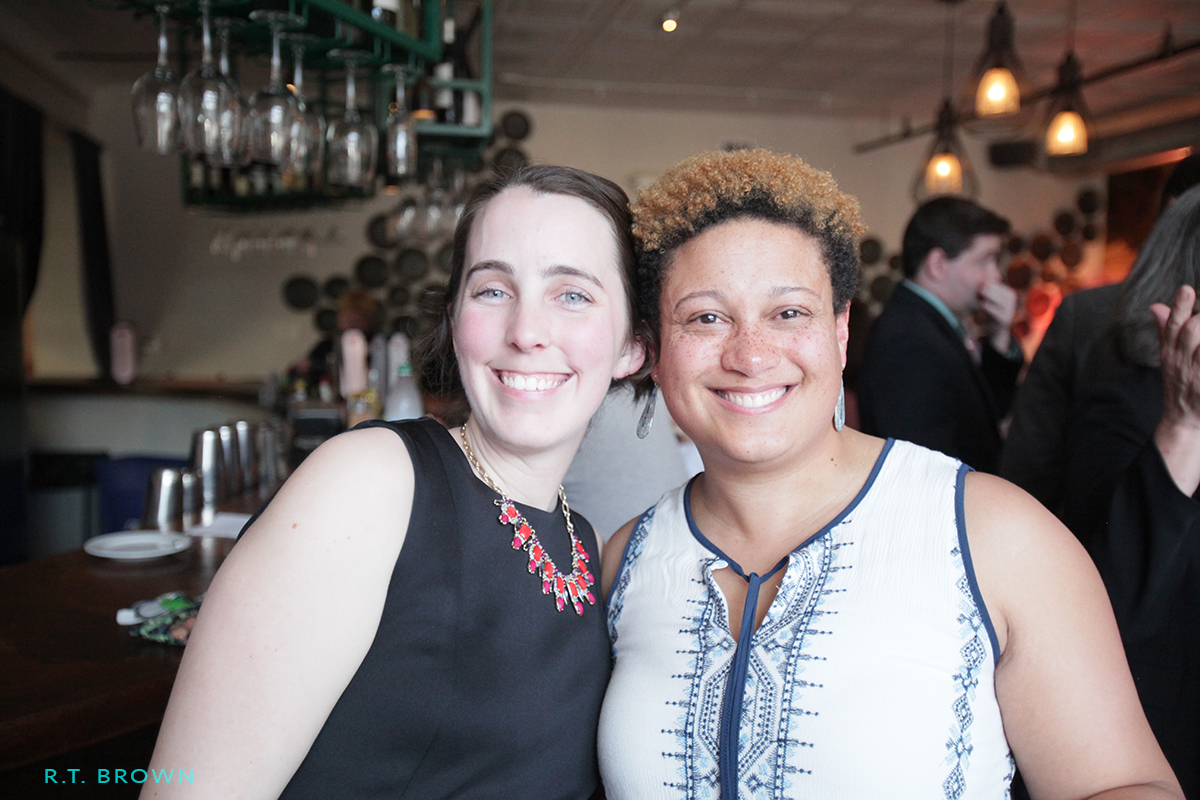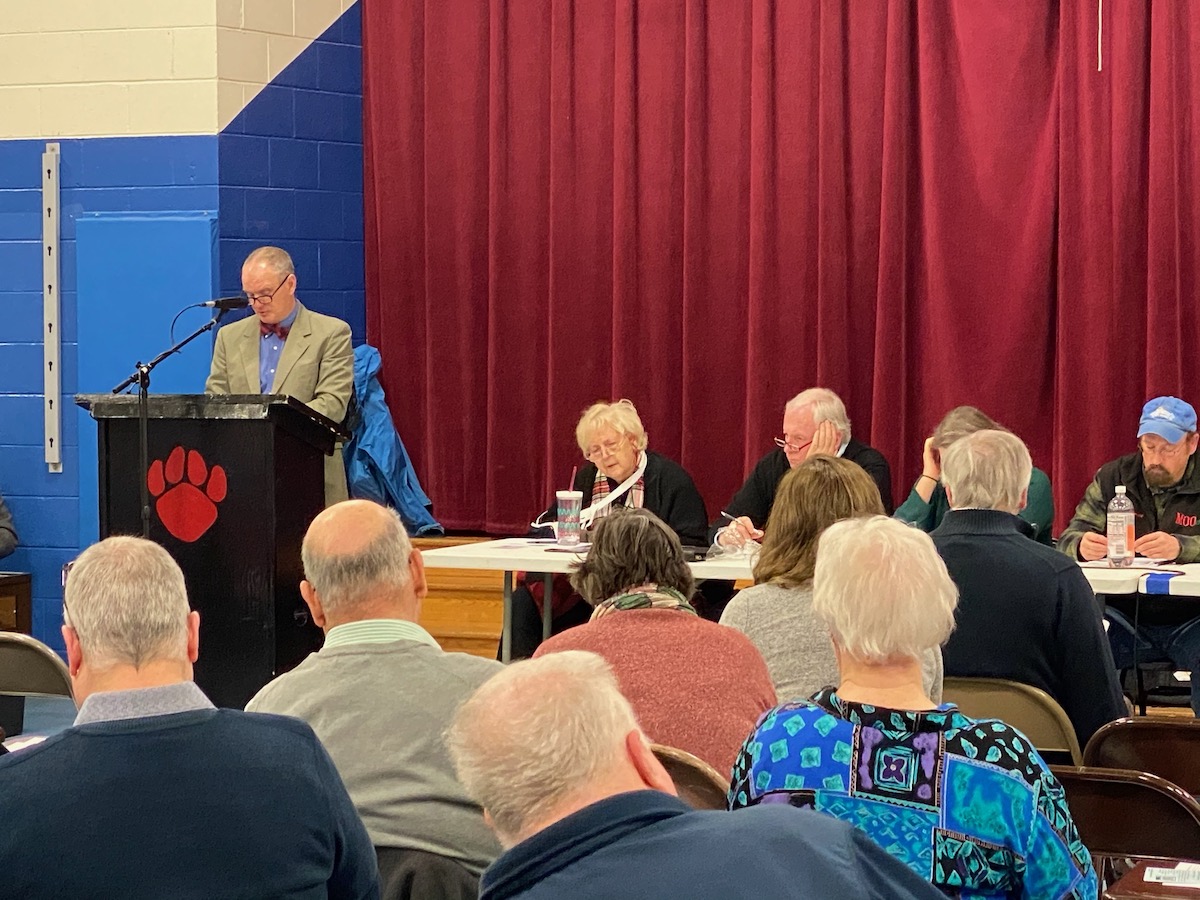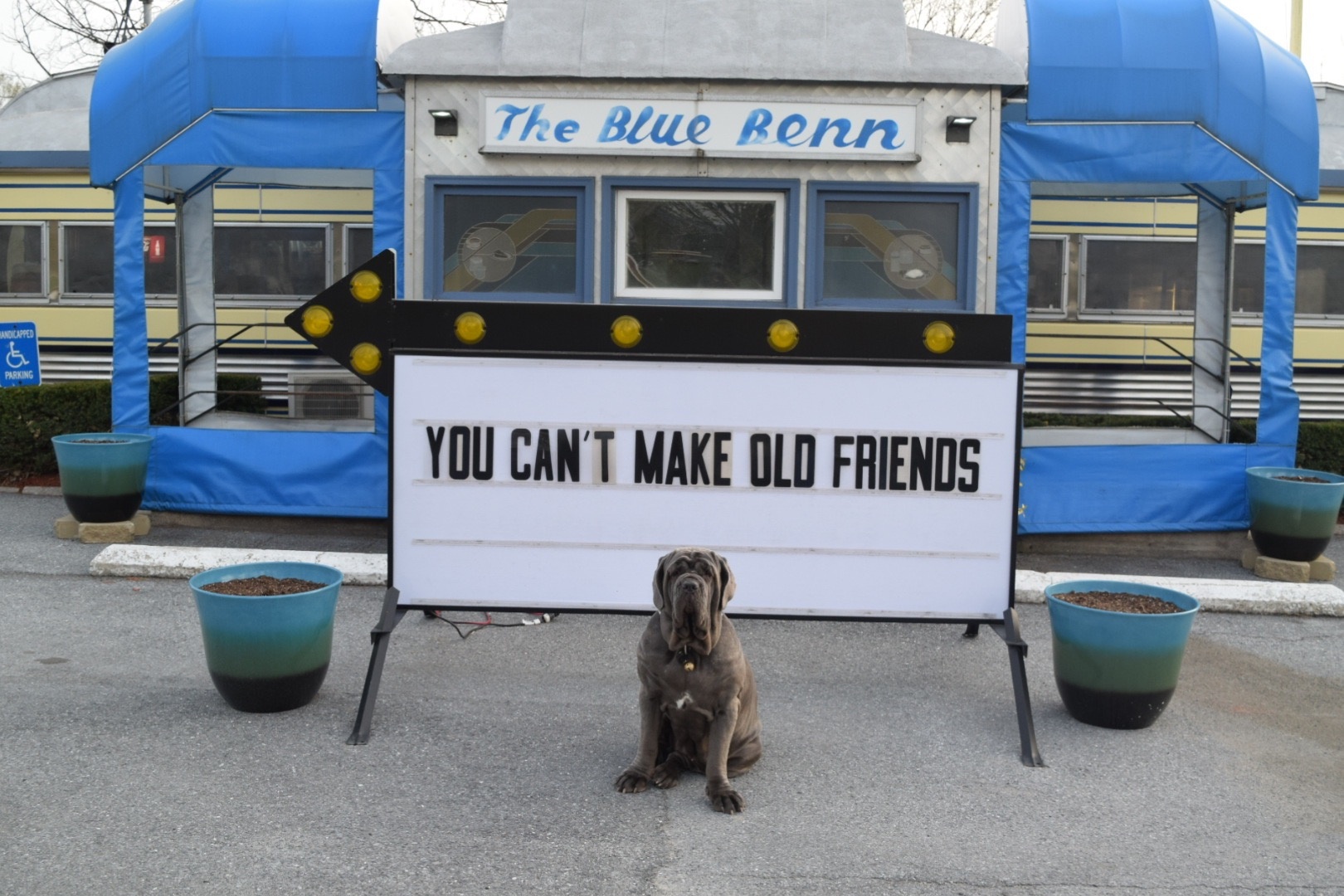
Brattleboro Reformer: Welcome Wagon improves local life for newcomers
Monday, 29 March 2021
BY CHRIS MAYS Brattleboro Reformer
BRATTLEBORO — The Vermont Welcome Wagon Project matches local residents with newcomers to strengthen community and retain workforce.
“It’s really adaptable to what people’s needs and interests are,” Casey Haynes, talent specialist at Brattleboro Development Credit Corp., said at the Brattleboro Rotary Club meeting held remotely Thursday. “As you can imagine, during COVID times, the connections have been a little more difficult.”
Participants fill out a form, sharing information about themselves and their interests. Recent additions to the form allow for connections to be made to resources specific to Black, Indigenous, People of Color (BIPOC) and Lesbian, Gay, Bisexual, Transgender and Queer (LGBTQ) communities.
Haynes said every month, a newsletter goes out with a list of biographies of people who are new to the area. A link can be clicked when someone would like to connect with the newcomer, prompting an email introduction for the two parties.
Some participants have been invited to attend events organized by Southern Vermont Young Professionals, which also is run by BDCC.
The Vermont Welcome Wagon initiative started in Chittenden County by volunteers then expanded to the Northeast Kingdom, Haynes said. In the summer, leaders of the project reached out to BDCC staff.
“We said, ‘Wow that’s a perfect fit for what we do,’” Haynes said.
BDCC is one of Vermont’s 12 regional economic development organizations, Haynes said, noting how workforce development and bringing more people to the area is part of a strategy developed for the region. His role involves recruitment, retention, and making connections between local resources and employers.
Haynes has been with the BDCC for a little more than a year now.
“Essentially my background is a hodgepodge combination of social services and a little bit of marketing but it’s all been in the non-profit realm,” he said. “So the opportunity to really think about how you build a robust, welcoming community is something that’s been really exciting for me.”
Locally, Welcome Wagon launched in the fall. Information is shared at vtwelcomewagon.org and sovermont.com.
“A lot of it has been through word of mouth but we’ve been really excited at how much publicity and attention we’ve been getting from other agencies,” Haynes said. “In fact, if you go to the statewide program for relocation, there’s resources for newer Vermonters that takes you right to it. We’ve had people come into the program that were looking at state websites to try to update information at the DMV [Department of Motor Vehicles]. We’re really starting to see some traction with this.”
At the time of the meeting, Haynes reported 40 new Vermonters in the region signed up for the program and more than 26 introductory emails have been sent.
“We’ve been taking it a little bit slowly just because we want to make sure we’re doing it really well and we’re serving people really well,” he said. “Even despite the sort of slow rollout and the difficulties of the COVID time, we’ve been really excited about the traffic that we’ve seen and the results we’ve seen so far.”
Haynes described social media posts associated with the effort showing “all the great sorts of things that are in Vermont.” Photos on the @VtWelcomeWagon Instagram page include the Statehouse during foliage, snowshoes standing in snow and an ice cream cone.
Partnerships for the program have already been made with Wilmington Works in the Deerfield Valley and Next Stage Arts in Putney, and more hosts are being sought. Haynes sees a lot of potential for the program in the future.
“It’s a really flexible platform for it to be able to really engage people in the community, both newcomers and the enthusiastic locals,” he said. “We really want to expand in the next few months especially as things reopen, it gets a little easier to meet in person with folks.”
Haynes said the program is a tool for keeping people engaged in the community so they can “build roots, get to know people, and ultimately want to build a life in the area and stay in the area.”
“We’re in conversations with people in human resources, small employers, larger employers to really give them an extra tool in their toolbox to help make sure that the folks they are recruiting to the region or hiring are really feeling welcomed into the community,” he said.



